Image of 1982 Pontiac Phoenix, sourced from en.wikipedia.org , Image Link.
Performance Metrics
Fundamental Metrics
Emotional Appeal
MMP Rating
| Engine Specifications | |
|---|---|
| Engine: | 2.5L Tech IV I4, 2.8L LE2 V6 |
| Displacement: | 151-173 cu in (2.5-2.8L) |
| Horsepower: | 90-112 hp |
| Torque: | 135-145 lb-ft |
| Compression Ratio: | 8.2:1 (I4), 8.5:1 (V6) |
| Ignition System: | Electronic ignition |
| Cooling System: | Liquid-cooled |
| Performance Specifications | |
| 0-60 Time: | 11-13 seconds |
| 1/4 Mile Time: | 18 seconds |
| Top Speed: | 100 mph |
| Transmission and Drive | |
| Drive Type: | Front-wheel drive |
| Transmission Type: | 3-speed automatic, 4-speed manual |
| Fuel and Efficiency | |
| Fuel System Type: | Carburetor |
| MPG: | 20-25 mpg |
| Dimensions and Brakes | |
| Brakes: | Front disc, rear drum |
| Wheelbase: | 101.2 in |
| Weight: | 2,600-2,800 lbs |
Note: Specifications for classic cars are given to the best of our ability, considering the limited and variant data available.
Rediscovering the 1982 Pontiac Phoenix: A Forgotten Gem
The 1982 Pontiac Phoenix emerges from the shadows of automotive history as a testament to the resilience of American engineering during a period of transition. Born from the assembly lines of General Motors, the Phoenix was Pontiac's answer to the growing demand for fuel-efficient vehicles in the wake of the oil crisis. This compact car, often overshadowed by its more famous siblings, holds a unique place in the annals of automotive history for its blend of innovation and traditional Pontiac styling cues.
Design and Innovation
The exterior of the 1982 Pontiac Phoenix boasted a design that was both contemporary and distinctly Pontiac, with its angular lines and aggressive front grille that echoed the brand's muscle car heritage. The interior was a product of its time, with an emphasis on functionality over luxury. Materials were durable, yet simple, reflecting the economic considerations of the early 1980s. Technological features included an available electronic instrument cluster—a novelty at the time—alongside more conventional options like air conditioning and AM/FM radios.
Color options for the Phoenix ranged from understated hues to bolder shades, with popular choices including Cameo White and Bright Blue Metallic. Body styles varied from a practical sedan to a sportier coupe, with the latter often capturing the hearts of enthusiasts seeking a spirited driving experience without breaking the bank.
Historical Significance
The 1982 Pontiac Phoenix may not have revolutionized automotive design or technology, but it played a crucial role in GM's strategy to offer more fuel-efficient vehicles without completely abandoning performance. It stood out among contemporaries by maintaining a semblance of Pontiac's performance-oriented image within a smaller, more economical package.
Performance and Handling
Performance metrics for the 1982 Phoenix were modest by today's standards but respectable for its class and era. Top speeds were adequate for highway cruising, while acceleration from 0-60 mph was not going to win any drag races but remained competitive within its segment. Handling was characterized by a balance between comfort and responsiveness, with drivers noting that it managed bumps reasonably well while providing feedback through the steering wheel that inspired confidence on winding roads.
Ownership Experience
The Phoenix served various roles from being a reliable daily driver to an occasional show car for enthusiasts of this overlooked model. Maintenance and reliability were typical for domestic cars of this period; repairs could generally be handled by owners with some mechanical knowledge or by any competent mechanic due to widespread parts availability.
Fun Facts
While not known for breaking records or celebrity endorsements, the Phoenix did have its quirks. For instance, it shared its platform with several other GM models, leading to an interesting mix-and-match of parts among enthusiasts. Criticisms often centered around its conservative styling and modest performance—yet these very attributes have become endearing qualities to classic car aficionados today.
Collector's Information
As for collectability, the 1982 Pontiac Phoenix is a rarity in today's market. Production numbers were not extraordinarily low, but survivorship is another story due to their utilitarian nature at the time. Current value ranges can be quite broad; however, well-preserved examples might fetch anywhere from $5,000 to $10,000 depending on condition and originality. The market trend seems to be one of slow appreciation as interest in 80s vehicles grows among collectors seeking something less mainstream.
Conclusion
In retrospect, the 1982 Pontiac Phoenix stands as an emblematic piece of automotive history that encapsulates an era when efficiency began to take precedence over excess without entirely sacrificing style or driving pleasure. While it may not have been celebrated in its time as some other models were, today it offers a unique slice of Americana for those looking to own a piece of Pontiac's legacy.
1982 Pontiac Phoenix Catalog of Parts
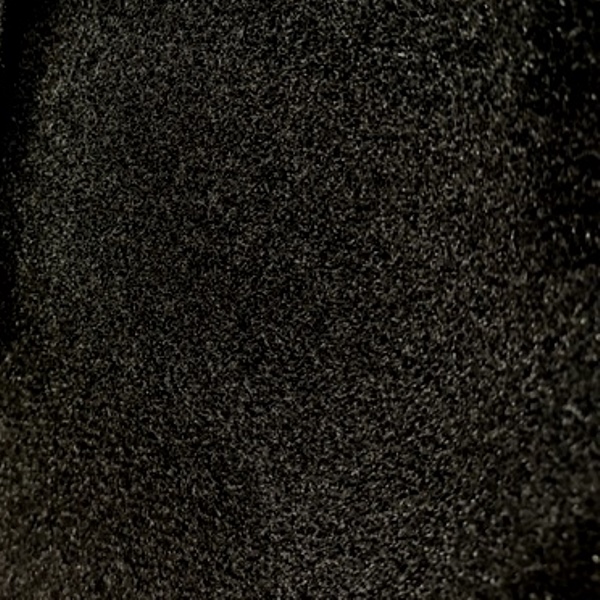 1982 Pontiac Phoenix Trunk Liner. Loose weave, jet black. 50" wide-M 30Trunk Liner. Loose weave, jet black. 50" wide. Sold by the foot
1982 Pontiac Phoenix Trunk Liner. Loose weave, jet black. 50" wide-M 30Trunk Liner. Loose weave, jet black. 50" wide. Sold by the foot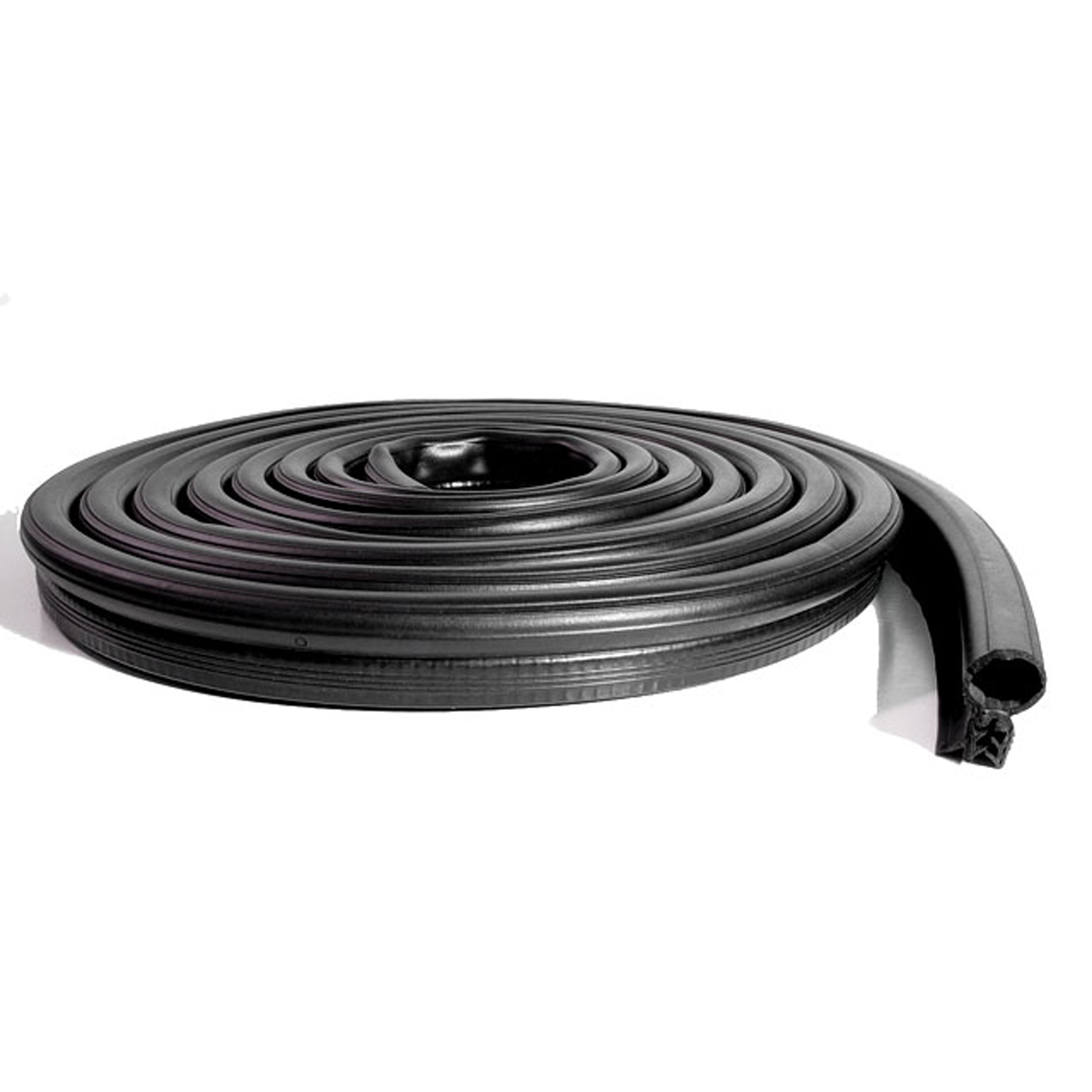 1982 Pontiac Phoenix Trunk seal-MW00101Trunk seal. Also replaces '75-'79 Buick Skylark hatchback seal. Made with steel cores. 1-3/8 in. x 3/4 in. x 17 ft. L. Each.
1982 Pontiac Phoenix Trunk seal-MW00101Trunk seal. Also replaces '75-'79 Buick Skylark hatchback seal. Made with steel cores. 1-3/8 in. x 3/4 in. x 17 ft. L. Each.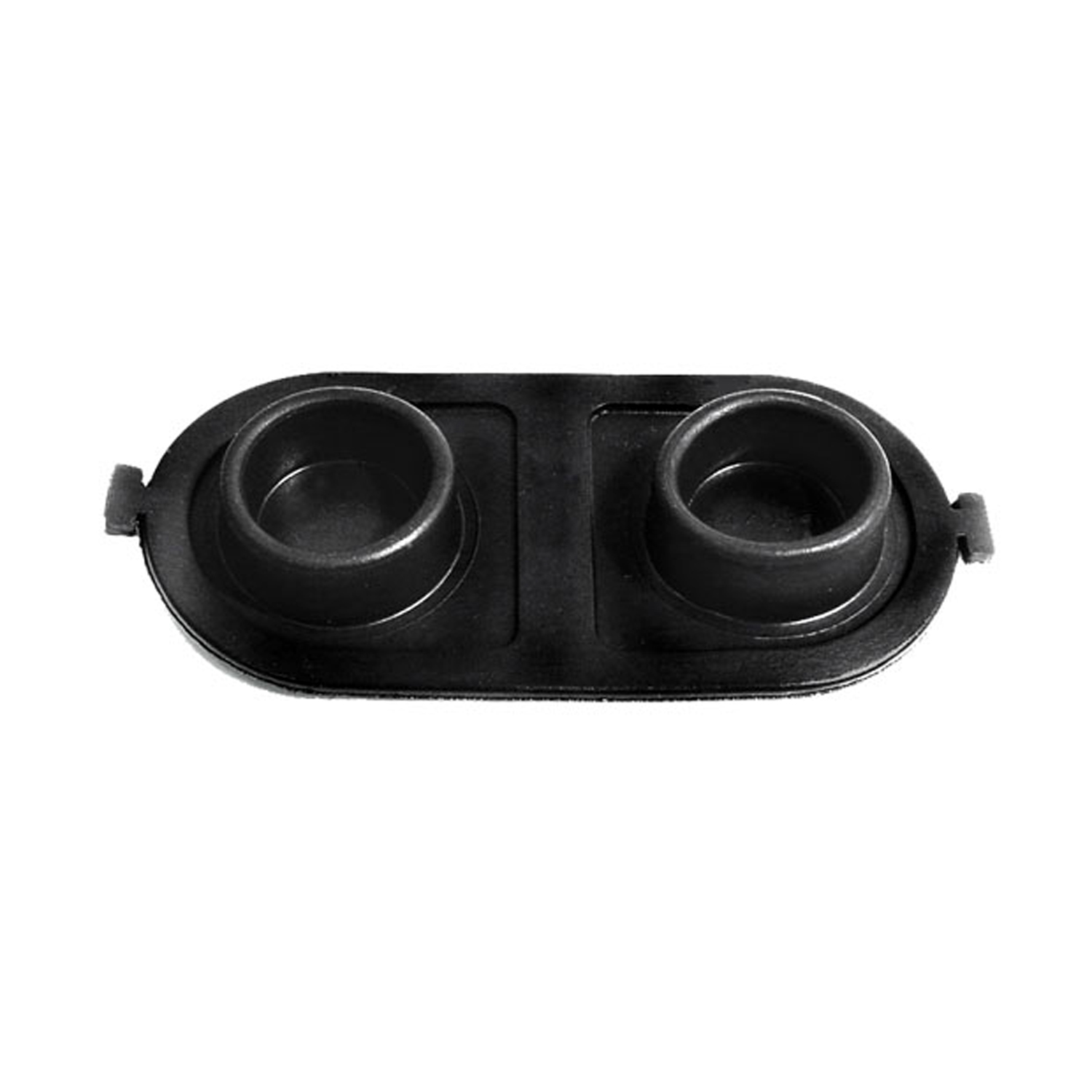 1982 Pontiac Phoenix Brake Master Cylinder Cover Seal. Replaces OEM #5470861-RP 2-EBrake Master Cylinder Cover Seal. Replaces OEM #5470861. 5" X 2-1/2". Each
1982 Pontiac Phoenix Brake Master Cylinder Cover Seal. Replaces OEM #5470861-RP 2-EBrake Master Cylinder Cover Seal. Replaces OEM #5470861. 5" X 2-1/2". Each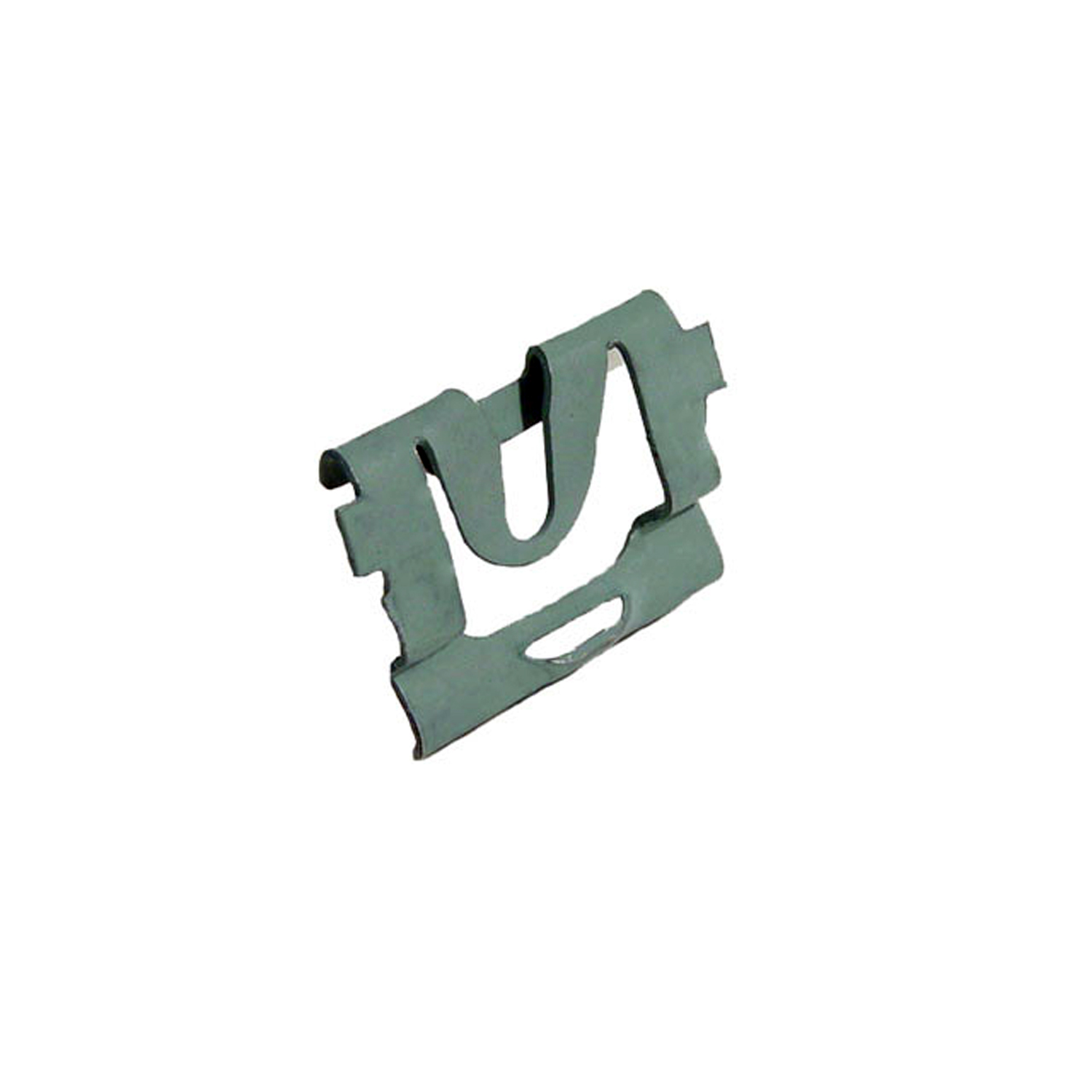 1982 Pontiac Phoenix Windshield Reveal Molding Clip. For models with vinyl top-WF 210Windshield Reveal Molding Clip. For models with vinyl top. 3/4" x 1-1/16". Each
1982 Pontiac Phoenix Windshield Reveal Molding Clip. For models with vinyl top-WF 210Windshield Reveal Molding Clip. For models with vinyl top. 3/4" x 1-1/16". Each 1982 Pontiac Phoenix Rear Windshield Reveal Molding Clip. Made of steel-WF 211Rear Windshield Reveal Molding Clip. Made of steel. 15/16" X 3/4". Each
1982 Pontiac Phoenix Rear Windshield Reveal Molding Clip. Made of steel-WF 211Rear Windshield Reveal Molding Clip. Made of steel. 15/16" X 3/4". Each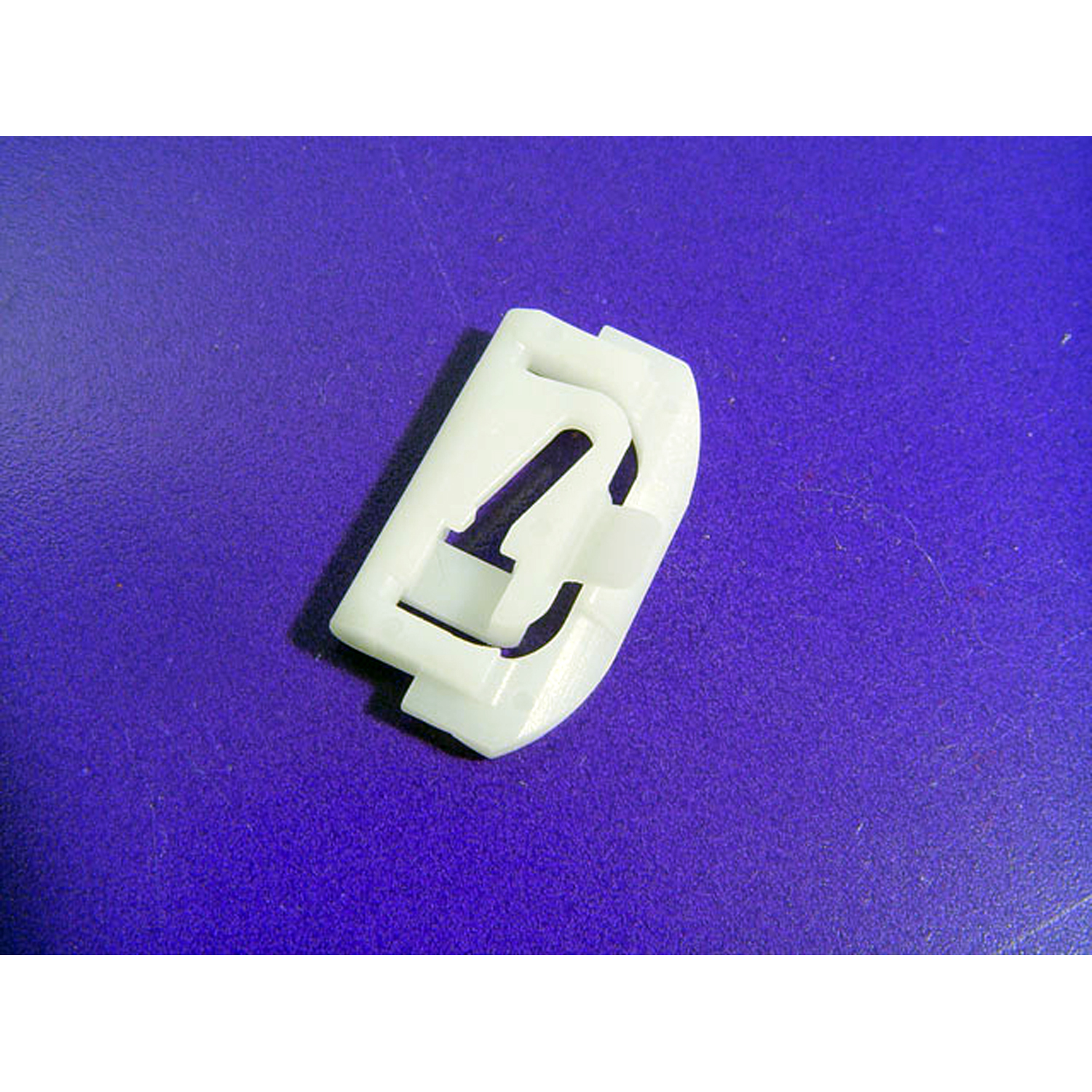 1982 Pontiac Phoenix Lower Side Window Reveal Molding Clip. Made of nylon-WF 214Lower Side Window Reveal Molding Clip. Made of nylon. 1-1/4" x 3/4". Each
1982 Pontiac Phoenix Lower Side Window Reveal Molding Clip. Made of nylon-WF 214Lower Side Window Reveal Molding Clip. Made of nylon. 1-1/4" x 3/4". EachWhy Choose Metro?
For over 100 years, Metro Moulded Parts has been the pinnacle of quality in classic car restoration parts. Our commitment to precision and authenticity in every component ensures a perfect fit and an OEM-level appearance.
- Expert Craftsmanship & Quality: Each part is a testament to our dedication to reliability and perfection, crafted from original designs and thoroughly tested.
- Advanced Technology: We use cutting-edge techniques to create flawless, long-lasting parts that surpass others in performance.
- SuperSoft Sponge – The Ultimate Door Seal: Not only are our door seals 30% softer than competitors', but they're also guaranteed to never leak. They effectively reduce wind and road noise, enhancing your classic car's comfort and driving experience.
- Proudly American: Our parts are a product of American craftsmanship, made in the USA with a spirit of excellence and heritage.
- Unrivaled Warranty: We back our products with a 30-year industry-leading warranty, a testament to our confidence in their quality.
Join us in preserving the legacy of classic cars with parts that are crafted for perfection, not just made.

